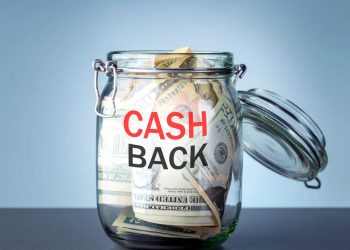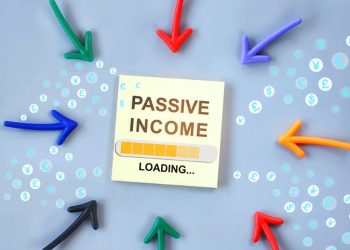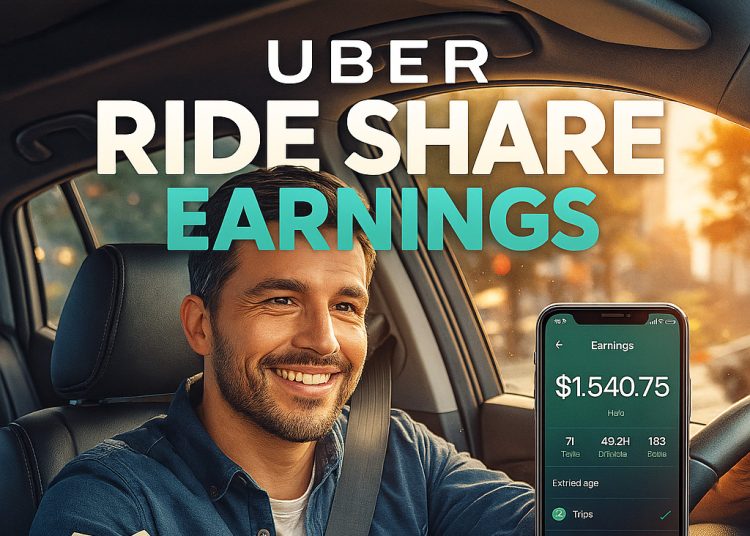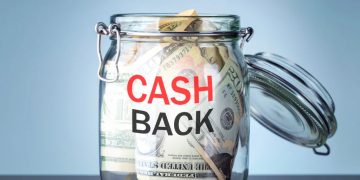Uber Rideshare Earnings 2025: Stunning Truth About Driver Pay
Uber rideshare earnings 2025 are a hot topic as the gig economy continues to reshape the way people work and earn. With millions of drivers worldwide relying on Uber as a primary or supplementary source of income, understanding what to expect in terms of pay is essential. As we move deeper into 2025, the rideshare industry faces a dynamic landscape marked by technological advancements, changing regulations, and shifting consumer demands—all of which influence driver earnings. This article explores the real picture behind Uber drivers’ pay in 2025, shedding light on factors that affect income and what drivers can expect moving forward.
Understanding Uber Rideshare Earnings 2025
The rideshare market is evolving rapidly. In 2025, Uber remains one of the leading platforms but driver earnings have become a complex issue that depends on a blend of variables such as location, hours worked, demand fluctuations, and company policies. While the basic pay structure—a combination of a base fare, time, and distance—remains intact, various surcharges, incentives, and fees also influence overall income.
One significant factor is the ongoing rise in operating costs for drivers. Fuel prices, vehicle maintenance, and insurance have all increased, cutting into the net earnings of Uber drivers. Moreover, Uber’s commission rates have seen periodic adjustments, which can either boost or diminish drivers’ take-home pay. Drivers in competitive urban markets might face downward pressure on fares, while those in smaller cities sometimes contend with lower ride volumes.
How Uber’s Business Model Impacts Driver Pay
At the core of Uber’s rideshare operations is a commission-based model where the company retains a percentage of each fare. This percentage—often around 25%—affects how much drivers actually earn per trip. Besides the cut Uber takes, drivers must also account for platform fees, service fees, and often higher expenses linked to newer regulations or background checks.
Despite these challenges, Uber has sought to incentivize drivers with bonuses, surge pricing, and rewards programs. These incentives are designed to help drivers maximize earnings during peak demand or in underserved areas. However, the variability of such incentives means that income can be unpredictable, which remains one of the biggest concerns for anyone considering a full-time driving career with Uber.
Regional Differences in Uber Rideshare Earnings
One of the most eye-opening truths about Uber rideshare earnings in 2025 is how much they vary by geography. In large metropolitan areas like New York City, Los Angeles, or London, average hourly earnings are generally higher due to increased demand and higher fares. However, these cities also bring higher costs of living and more competition among drivers, which often narrows profit margins.
Conversely, smaller cities or rural areas may offer fewer rides but can sometimes yield better earning opportunities during certain events or seasons. Additionally, local regulations play a major role. Cities enforcing stricter rideshare caps, minimum wage laws, or enhanced insurance requirements may inadvertently impact driver pay negatively by increasing operational costs.
The Role of Technology in Driver Earnings
Technological improvements in Uber’s app and algorithm play a dual role in driver earnings. On one hand, smart dispatch and ride-matching algorithms help minimize driver downtime, increasing efficiency and overall take-home pay. On the other hand, Uber’s increased use of automation and data analytics means the company can dynamically adjust fares and incentives in a way that’s efficient for business but less predictable for drivers.
In 2025, we also see Uber investing more in electric vehicles (EV) incentives and partnerships. Drivers using EVs can benefit from lower running costs and sometimes special bonuses, which can improve profitability. However, the upfront costs of switching to EVs or upgrading vehicles remain a hurdle for many drivers.
What Uber Rideshare Drivers Can Do to Maximize Earnings in 2025
The unpredictability of rideshare earnings means drivers need to be strategic to maximize their income. Here are a few practical tips:
1. Timing is Key: Working during peak hours, weekends, and special events can unlock surge pricing and bonuses.
2. Location Matters: Positioning yourself in high-demand zones or underserved areas can result in more rides and better pay.
3. Maintain High Ratings: A strong driver rating can sometimes influence rider tips and platform trust, indirectly boosting earnings.
4. Explore Bonuses and Incentives: Staying informed about Uber’s current bonuses and incentive programs is essential.
5. Consider Vehicle Efficiency: Using fuel-efficient or electric vehicles can significantly reduce operating costs.
6. Diversify Income Sources: Some drivers use multiple rideshare or delivery apps to reduce downtime between rides.
The Future Outlook for Uber Rideshare Earnings
Looking ahead, the landscape for Uber rideshare earnings in 2025 and beyond will likely continue to be shaped by the interplay of technology, regulation, and market competition. Drivers should prepare for ongoing changes by staying adaptable and informed. While earning potential can be lucrative for those who master the nuances of the system, it’s clear that rideshare driving requires smart planning and awareness of both opportunities and challenges.
For many, Uber remains a viable way to earn income flexibly, but the “stunning truth” reveals that driver pay is rarely as straightforward or as high as it may initially seem. Understanding the realities of Uber rideshare earnings in 2025 helps drivers set expectations and craft strategies that align with their financial goals.
—
In conclusion, the landscape of Uber rideshare earnings in 2025 offers both promise and complexity. Drivers who keep their finger on the pulse of technological, economic, and regulatory trends will be best positioned to succeed in this ever-evolving gig economy. Whether as a side hustle or a full-time job, earning with Uber requires adaptability, knowledge, and a keen eye on the variables that influence pay.








































